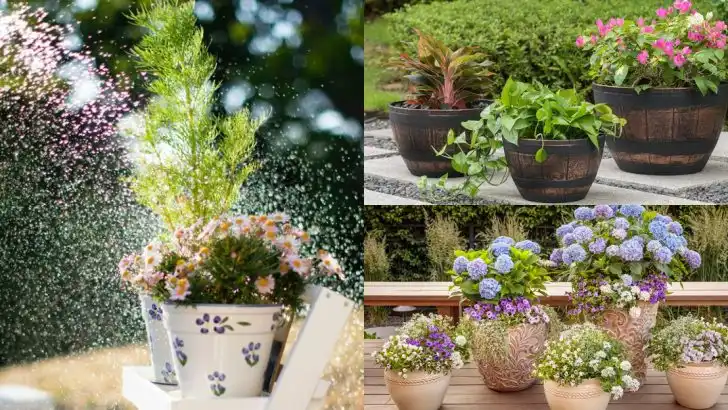Stop murdering your potted plants with “helpful” tips! Every weekend, you water, repot, and rearrange—only to find your leafy pals gasping for life. Tiny pots turn into prisons. Fresh soil becomes a soggy tomb. Too much sun fries the foliage, while hiding in shade turns them into leggy zombies. Believe bigger containers solve all woes? Think again. Ignoring drainage holes? That’s a fast track to root rot. Trusting generic fertilizers? Your plants might as well be on a starvation diet. It’s time to ditch the guesswork. We’re dissecting the 12 biggest blunders gardeners make with outdoor pots—and revealing simple fixes that actually work. Grab your shovel and your sense of adventure. You’ll learn how to pick the right pot, master watering rhythms, and create a habitat so perfect your plants will throw a party in every bloom. Let’s transform those sad containers into the vibrant showpieces your garden deserves!
Overwatering
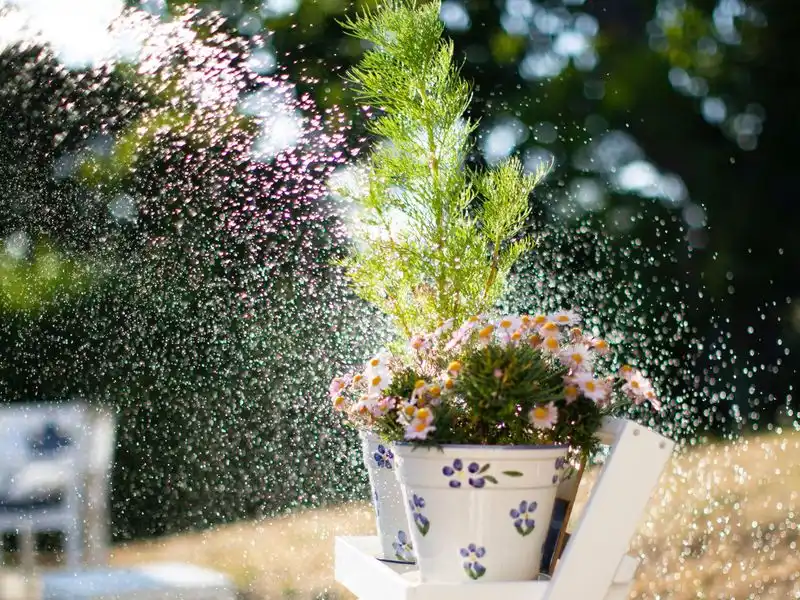
Overwatering is a common misstep that can lead to root rot and unhappy plants. It’s essential to understand that more water doesn’t equate to better growth. Observing the soil’s moisture level before watering can prevent this mistake.
Feeling the top inch of soil with your finger can give a good indication; if it’s dry, it’s time to water. During rainy seasons, be extra cautious as natural precipitation can saturate the soil.
Choosing pots with drainage holes is also crucial, as it allows excess water to escape, helping maintain an optimal moisture balance for the roots.
Poor Drainage
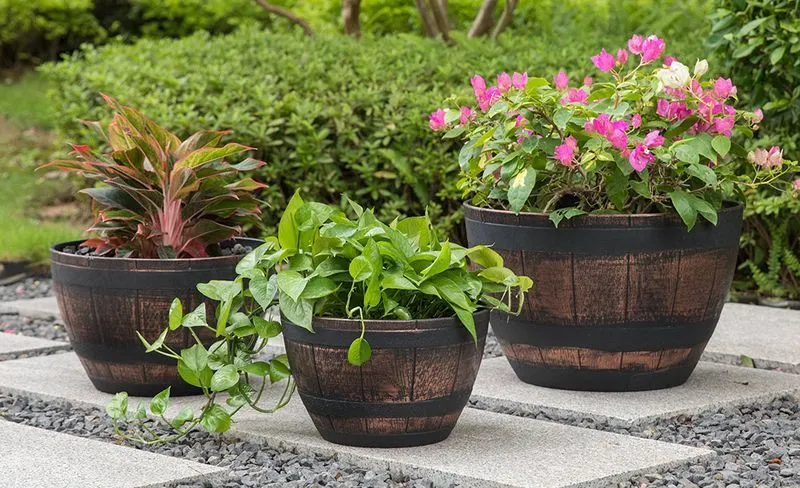
Imagine a plant sitting in a pool of stagnant water. This is what happens when pots lack proper drainage. Waterlogged soil suffocates roots, leading to poor plant health.
To remedy this, ensure pots have drainage holes and consider adding a layer of gravel at the bottom. This simple step can make a world of difference.
Using saucers to catch excess water is a good practice if you want to prevent mess, but be sure to empty them regularly to avoid water stagnation, which can attract pests and diseases.
Improper Light
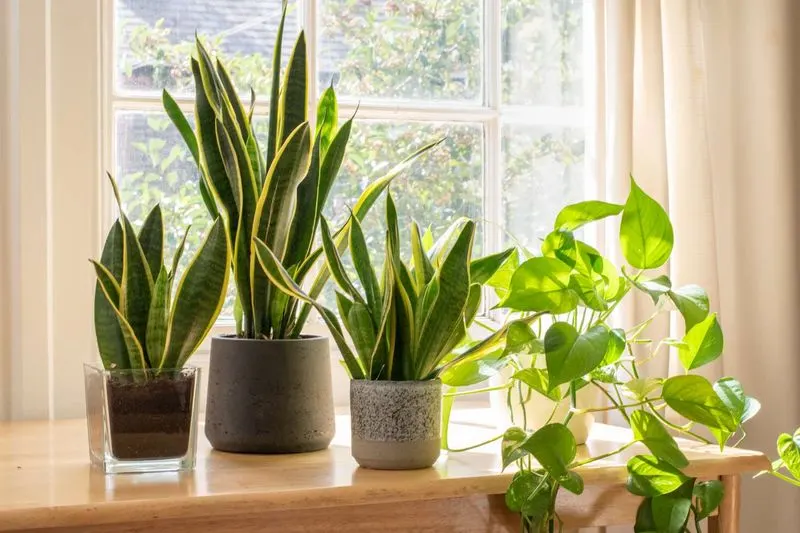
Positioning plants without considering their light needs is a frequent error. Each species has its own preference, from full sun to deep shade.
Researching or checking plant labels will guide you in placing them correctly. For instance, succulents thrive in sunny spots, while ferns prefer the shade.
If moving plants isn’t an option, consider rotating pots periodically to ensure even light exposure. This practice not only helps in even growth but also prevents one-sided sunburn, keeping plants healthier and more vibrant.
Overcrowding
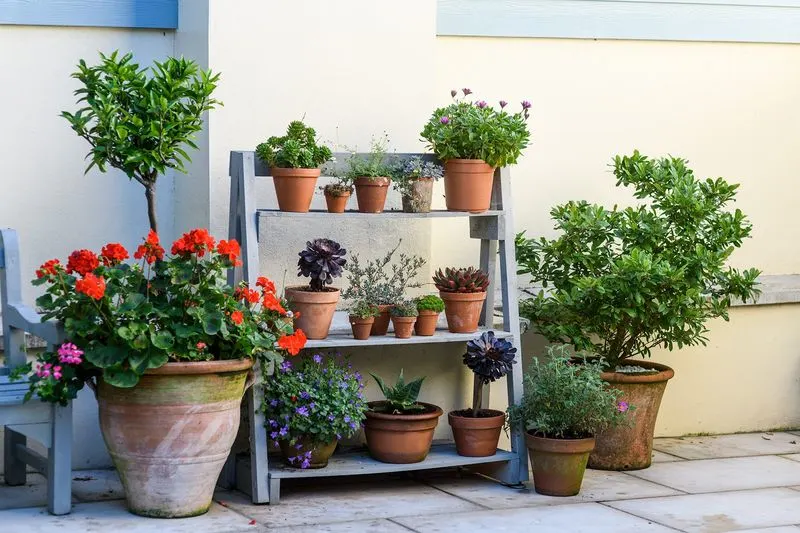
Plants, like people, need space to thrive. Overcrowding can lead to competition for light, water, and nutrients.
Giving plants adequate room allows air circulation, reducing the risk of disease. It also provides each plant its share of resources, promoting healthier growth.
When arranging plants, leave enough space between pots, and regularly check if roots are emerging from drainage holes, which is a sign they need repotting. Regularly rotating the pots can also help in managing space effectively.
Neglecting Fertilization
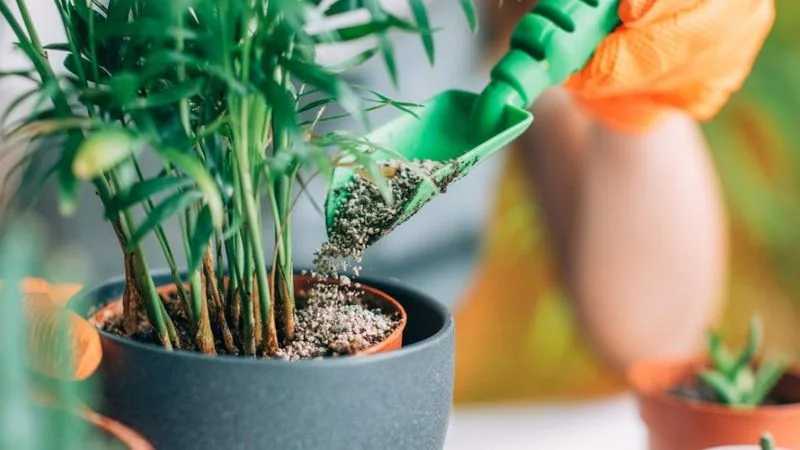
Outdoor potted plants rely on you for nutrients since they can’t reach out like their in-ground counterparts. Ignoring fertilization leads to nutrient deficiencies, visible in pale or stunted growth.
A balanced, slow-release fertilizer is ideal for most plants. Applying it during the growing season supports robust growth and flowering.
Regularly checking the leaves and growth patterns can alert you to potential nutrient needs. However, over-fertilizing can harm plants, so following the product’s instructions is crucial for safe application.
Ignoring Seasonal Changes

Seasons change and so should your plant care routine. Ignoring these shifts can stress plants, leading to damage or death.
In summer, more frequent watering may be necessary, while winter might call for protective coverings or moving pots indoors.
Being mindful of temperature changes and daylight variations helps in adjusting care methods accordingly. Some plants may need to go dormant in colder months, requiring less water and nutrition, while others might thrive in cooler temperatures.
Using Wrong Soil

The soil is a plant’s foundation, and using the wrong type can hinder growth. Each plant type has specific soil needs, like cacti preferring sandy, well-draining mixes.
Understanding these requirements ensures plants get the right balance of air, water, and nutrients. Mixing in organic matter or using specialized potting mixes can enhance soil quality.
Regularly checking the soil condition and repotting with fresh soil when necessary keeps plants in optimal health. It’s also a great opportunity to inspect roots for any signs of distress or disease.
Improper Pruning
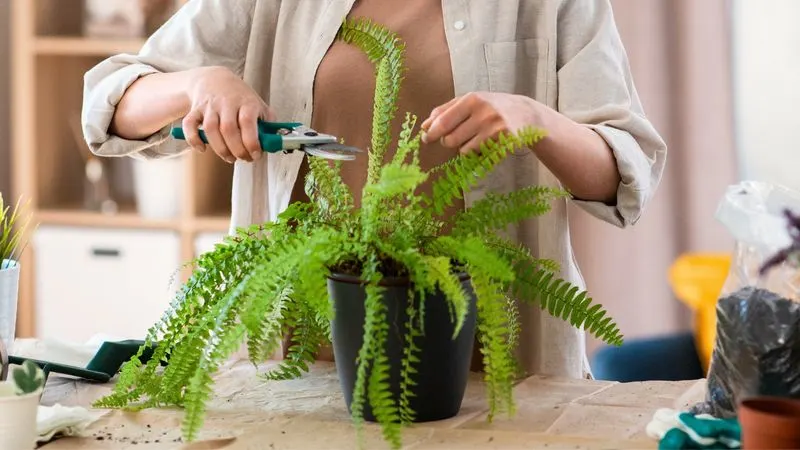
Pruning is more than aesthetic; it’s essential for plant health. However, cutting too much or at the wrong time can stunt growth or invite disease.
Understanding each plant’s pruning needs ensures healthier growth and more blooms. For instance, pruning after flowering encourages more flowers next season.
Using clean, sharp tools prevents damage and disease transmission. Regularly inspecting plants for dead or diseased branches can guide when and where to prune, ensuring vibrant growth and a tidy appearance.
Ignoring Pest Control
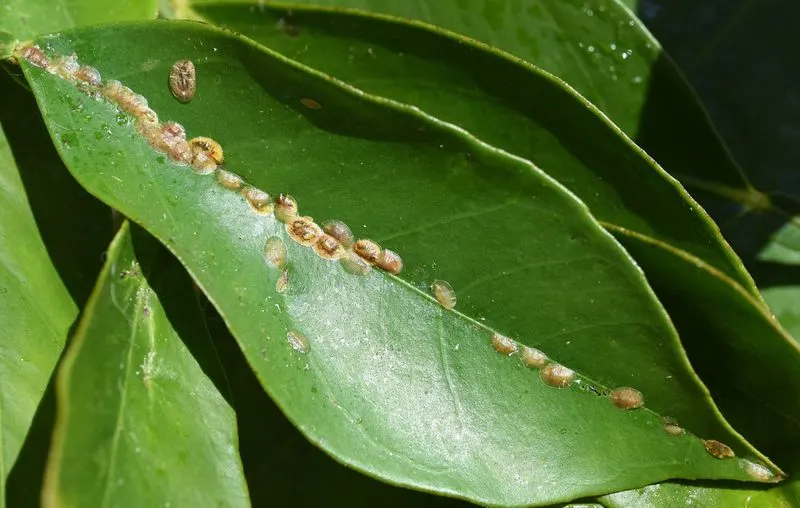
Pests can quickly turn a thriving plant into a struggling one. Overlooking regular inspections for pests like aphids or spider mites allows infestations to escalate.
Incorporating pest control into a routine keeps plants healthy. Natural solutions, such as neem oil, offer a way to manage pests without harmful chemicals.
Monitoring plants regularly for signs of pests, such as discolored leaves or webbing, helps catch issues early. Prompt action can save plants from damage and maintain their beauty and health.
Wrong Pot Size

The relationship between pot size and plant health is often underestimated. Too large a pot can lead to soil staying wet too long, while too small restricts growth.
Selecting the right pot size supports proper root development and ensures appropriate moisture levels. As a guideline, choose pots that allow for some root growth but aren’t overwhelmingly large.
Repotting as plants grow ensures they continue to thrive. Observing root behavior, like circling the bottom of the pot, is a clear sign it’s time for a larger home.
Inconsistent Watering
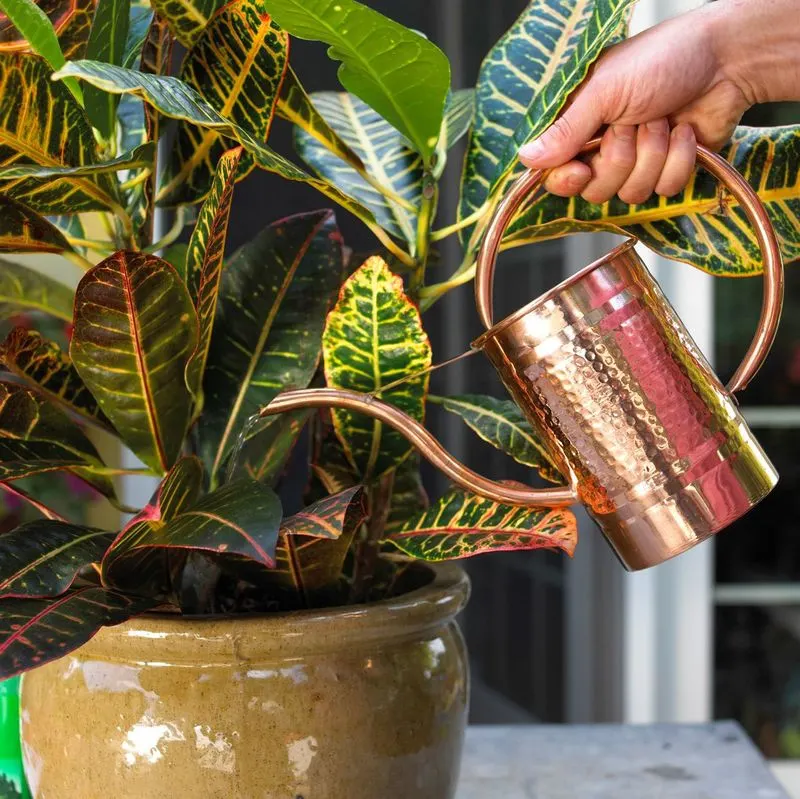
Consistency in watering is key to plant health. Irregular watering schedules can stress plants, causing wilting or leaf drop.
Setting a regular watering routine, based on the plant’s specific needs, supports steady growth and vitality. Tools like moisture meters can help gauge when watering is necessary.
Adjusting the schedule during different seasons is also beneficial. For instance, increased frequency may be needed during hot months, while cooler weather requires less water. Observing plant cues helps in fine-tuning the routine accordingly.
Not Considering Wind Exposure
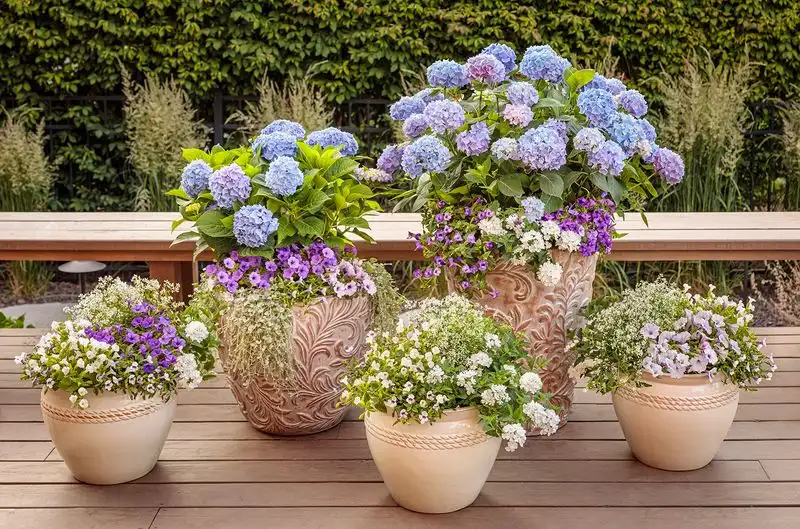
Wind can be a silent adversary for potted plants, toppling them or drying out the soil. It’s particularly challenging on balconies or rooftops.
Strategic placement in sheltered spots helps reduce wind impact. Using stakes for support and heavier pots can prevent tipping.
Regularly checking the stability and moisture levels helps maintain plant health in windy conditions. Being proactive can ensure plants not only survive but thrive in breezy environments.

